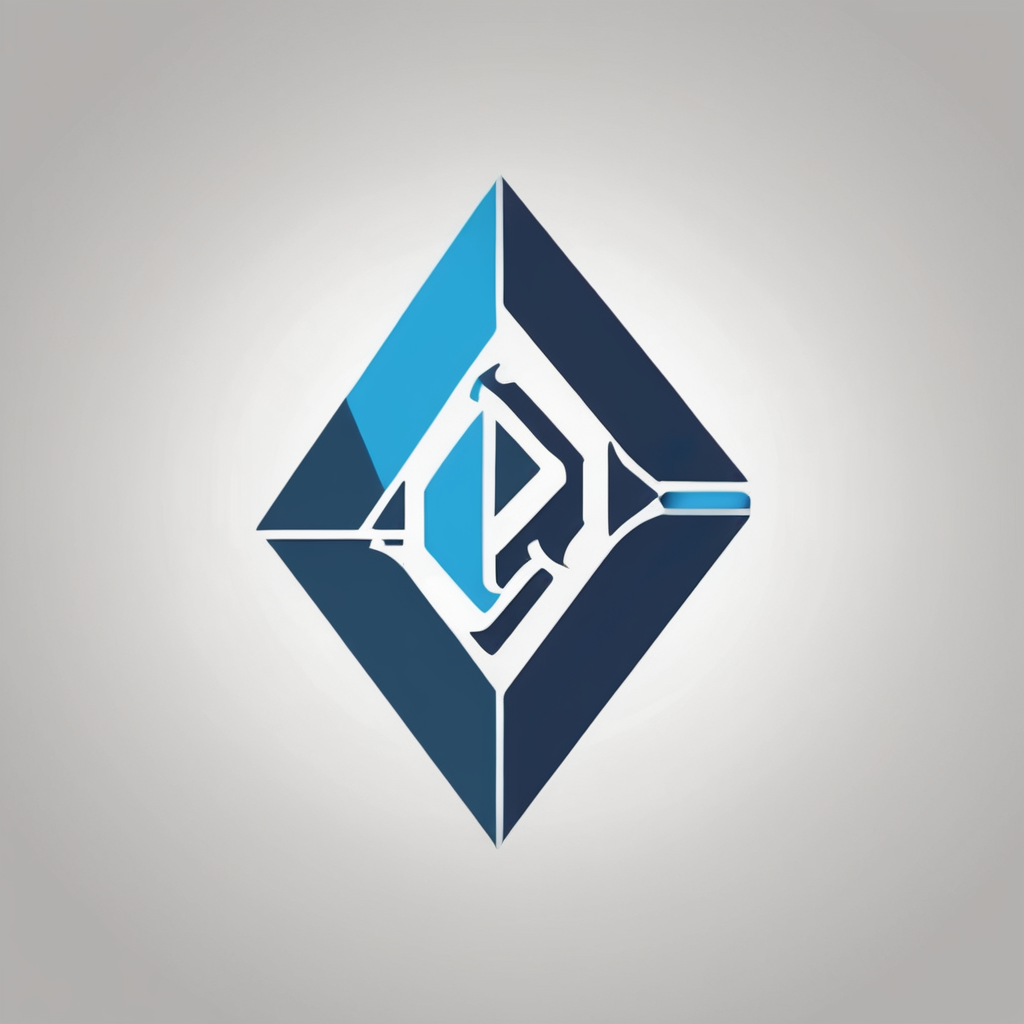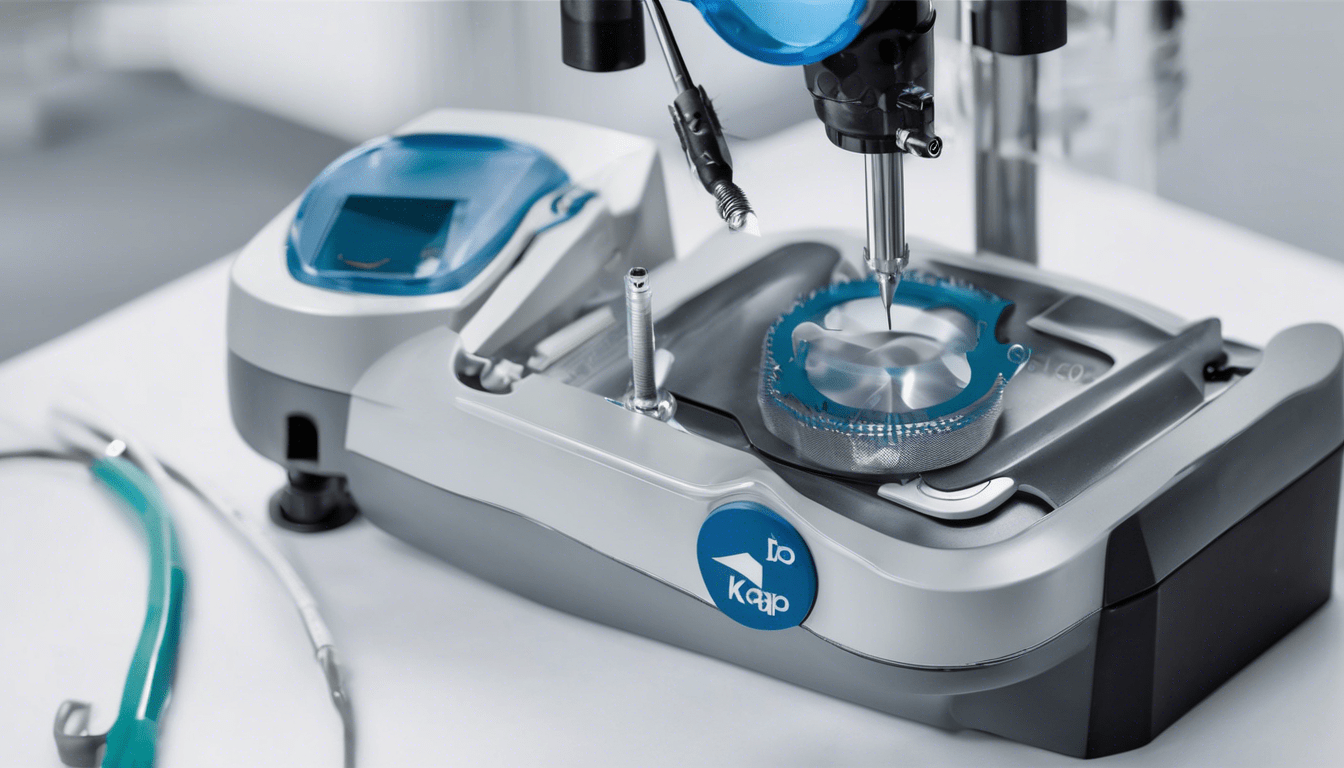Essilor Kappa edgers deliver unmatched accuracy for optical lens finishing, combining advanced technology with user-friendly controls. The Kappa CTD V15 model excels with customizable groove cutting, precise edge shaping, and easy maintenance, making it a top choice for professionals seeking reliability and efficiency. Discover how these machines elevate precision crafting and simplify complex lens processing tasks with innovative features designed for modern optical labs.
Comprehensive Overview of Essilor Kappa Edgers and Optical Lab Solutions
When searching for advanced optical lab machinery, the Essilor Kappa edgers stand out for their precision, efficiency, and specialized features. Users can find quality Essilor Kappa edgers online, and this page explains it in detail: find quality Essilor Kappa edgers online.
In parallel : Discover the best essilor kappa edgers for expert craftsmanship
The Kappa series spans several innovative models. The Kappa M10/L10 utilizes a 3D tracing system, grooving, polishing, and an LCD interface making it ideal for high-precision lens shaping and storage of up to 200 shapes. The CTD models add fully automatic functions and advanced drilling for complex lens types, handling high curvature and rimless designs with ease.
For labs managing complex jobs or high volumes, the Ultimate Edition provides semi-automation, a memory for 600 lens designs, and an internal camera system. The Special Edition enhances productivity further with high-curve support, binocular tracing, and a 1,000-position job database.
Also read : Transform your monaco residence through personalized interior design
Refurbished options are tested and documented to ensure reliability and long-term value. Features such as edge cutting, rim shape modification, and small frame scanning give optical workshops the flexibility required to maintain top-tier accuracy and workflow efficiency.
Operation, Maintenance, and Troubleshooting Insights
Daily operation of both automatic lens edgers and manual lens edgers hinges on precise calibration, with edger setup procedures playing a key role in minimizing rework and ensuring lens fitting accuracy. Regular configuration checks, especially for digital edger systems, help sustain optimal optical lab workflows by maintaining consistent results. Calibration routines must be integrated into daily startup procedures to align with exacting laboratory lens processing standards.
For optical equipment maintenance, routine cleaning especially of the cutting chamber, sensors, and diamond wheels is vital. Flow-through cooling systems demand periodic flushing to prevent debris buildup that could affect lens quality control. It’s recommended to keep spare parts such as diamond wheels and remote tracers readily available to avoid workflow interruptions. Consistent upkeep improves both the longevity of digital edger systems and the stability of lens fitting accuracy.
When troubleshooting, detailed edger troubleshooting guides assist in diagnosing common errors like misaligned frames or uneven edges. Key steps involve verifying calibration, inspecting components, and applying optical lab workflows for quality assurance. Prompt action reduces downtime and keeps lens quality control at the forefront.
Comparison, Pricing, and Purchasing Guidance
Comparative analysis of Essilor Kappa edgers versus other popular models
Essilor Kappa edgers, especially the CTD series, stand out among high-precision lens edging equipment for their robust laboratory lens processing capabilities and advanced features like customizable grooves and automatic operations. When compared to models such as the Essilor Mr. Orange, Essilor M1, and Essilor M12 Yess, Kappa series edgers emphasize a diversified range of options for patternless and rimless edging, memory storage for hundreds of shapes, and adaptable functions suitable for both plastic and glass lens edging. Meanwhile, alternative models may focus on different strengths, but Kappa often leads for flexibility and edger user experience, vital in optical lab efficiency and trade optical equipment selection.
Pricing overview, purchasing options, and what influences cost
The edger machine price range varies by age, condition, and model. New Essilor Kappa edgers tend toward the higher end of the market due to their technical sophistication and Essilor innovation in edging. Refurbished options present a cost-effective path, still ensuring reliable laboratory lens processing. Important influences on pricing include included edger spare parts, extent of automation, and warranty or after-sales support which is especially pertinent for optical lab cost management and equipment maintenance.
Support, training, after-sales service, and sourcing spare parts
Reliable edger operator training and ongoing support are essential for seamless laboratory lens processing. Buyers should confirm that the vendor provides technical assistance, user manuals, and access to genuine edger spare parts. Whenever purchasing used edgers, ensure factory-trained technicians have handled refurbishment and that trade optical equipment comes with documented quality assurance. This approach strengthens edger user experience and supports long-term optical lab efficiency.





